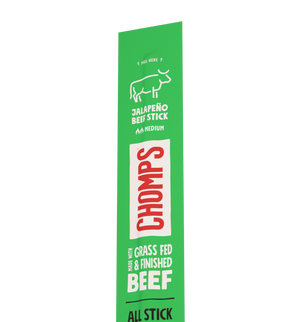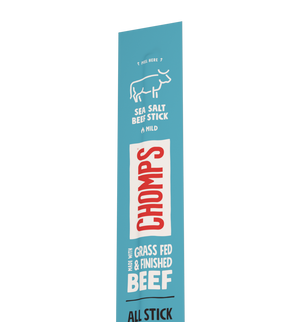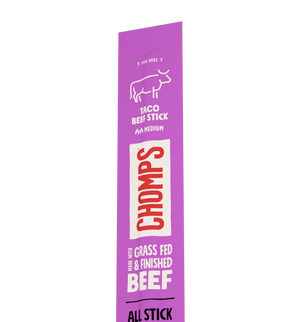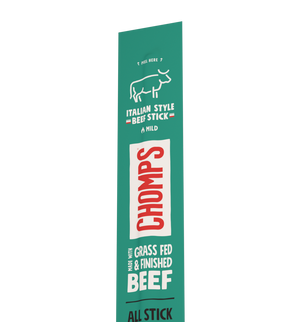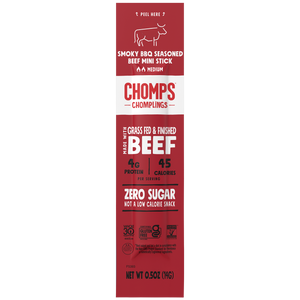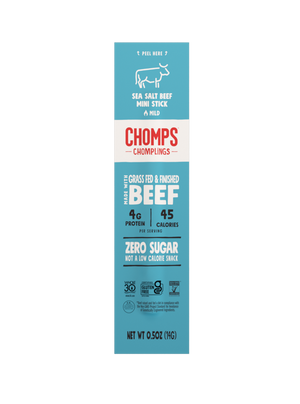Despite being taught for decades by the government, in schools and in a variety of fad diets that the way to lose body fat and to achieve a healthy, lean body is by eating a low-fat diet, current research shows the exact opposite.
This post is not focused on the macronutrient content of the diet (protein, fats, and carbs), but more focused on the types of fat sources and how they affect your body.
Of course, I'll explain the many health benefits of eating grass-fed beef as an animal-fat source. There are a number of intricacies involved here, but I'll try to keep this short and sweet.
—
Food fats are made up of either saturated or unsaturated fats. Unsaturated fats can be either polyunsaturated or monounsaturated fats. We are going to focus on Omega-3 and Omega-6 polyunsaturated fats.
These are also both EFA's (Essential Fatty Acids) that our bodies cannot produce from consuming other types of fats, so you can only get them by eating foods that contain them.
Benefits of Omega-3's
Omega 3's are important to the diet as they promote normal growth and body function, all while guarding the body against diseases like cancer, arthritis, coronary heart disease, hypertension (high blood pressure), asthma, psychiatric disorders, and autoimmune diseases.
Benefits of a Balanced Omega-6 to Omega-3 Ratio
Anthropologists have discovered that during the Paleolithic Age our ancestors consumed a diet that had an Omega-6 to Omega-3 ratio of 1:1. This is important to note because anthropologists also have discovered that there were very few diseases (mentioned above) during this time.
In the 20th Century, we started heavily processing foods and adding cheap vegetable oils as a way to cut the cost of production. Because of this, the typical Westerner's diet is roughly a ratio of 20:1.
Scientists have discovered that this change in dieting habits is directly related to an influx of diseases. Studies show that a healthy diet will consist of an Omega-6 to 3 ratio of no greater than 4:1.
How to Balance the Omega-6 to Omega-3 Ratio
You can get Omega 3 fatty acids from eating oily fish (or taking fish oil supplements), olive oil, flax seeds, flaxseed oil, walnuts, free-range eggs, and grass-fed beef!
Basically, the best way to working on balancing the ratio in your diet is to eat a diet consisting of the foods listed above and avoid all processed foods. It doesn't have to be too difficult, but if you continuously make wise choices and avoid the processed foods that are loaded with vegetable oils, you'll eventually reach the correct balance.
Grass-Fed Beef Omega-6 to Omega-3 Ratio
Typical store-bought grain-fed beef has an Omega-6 to 3 ratio of 20:1. Grass-fed beef has a ratio closer to 3:1, well within the 4:1 guidelines of a standard healthy diet.
Replacing grain-fed for grass-fed beef in your diet will certainly help to balance the ratio.


